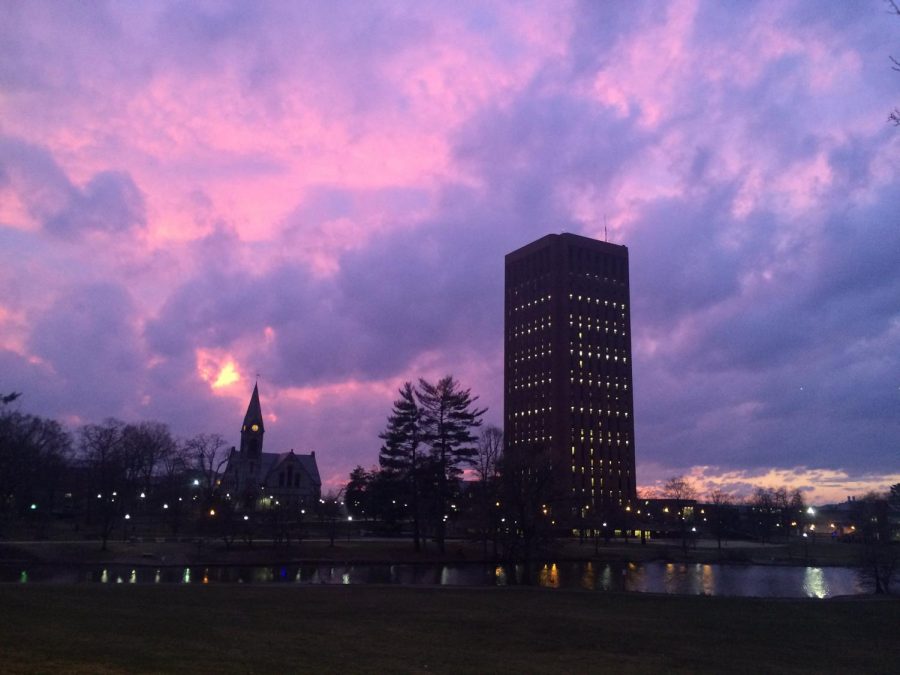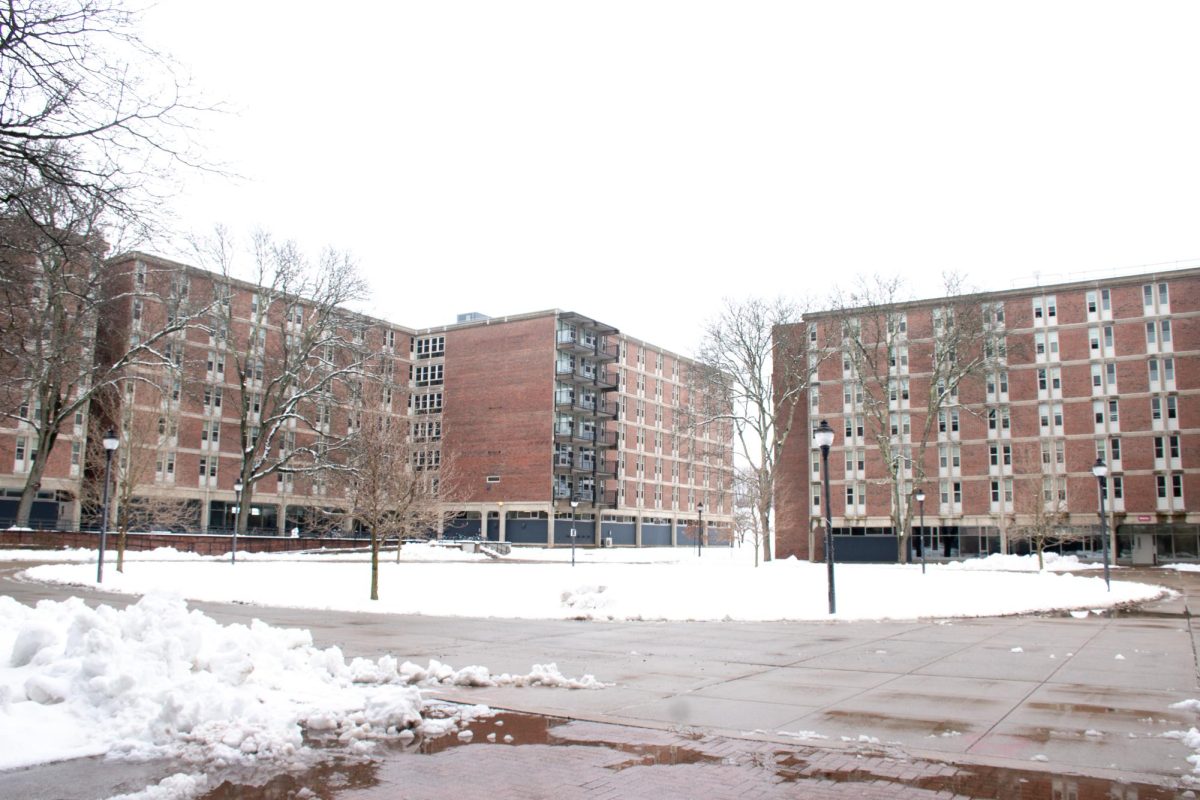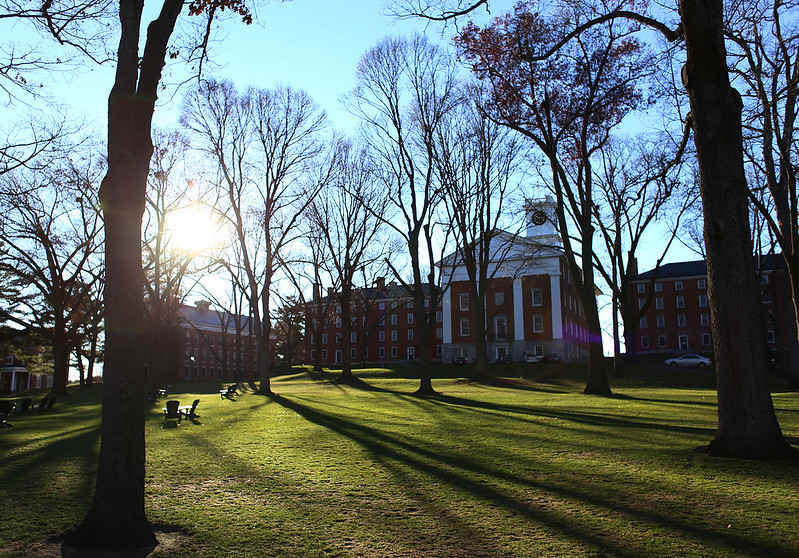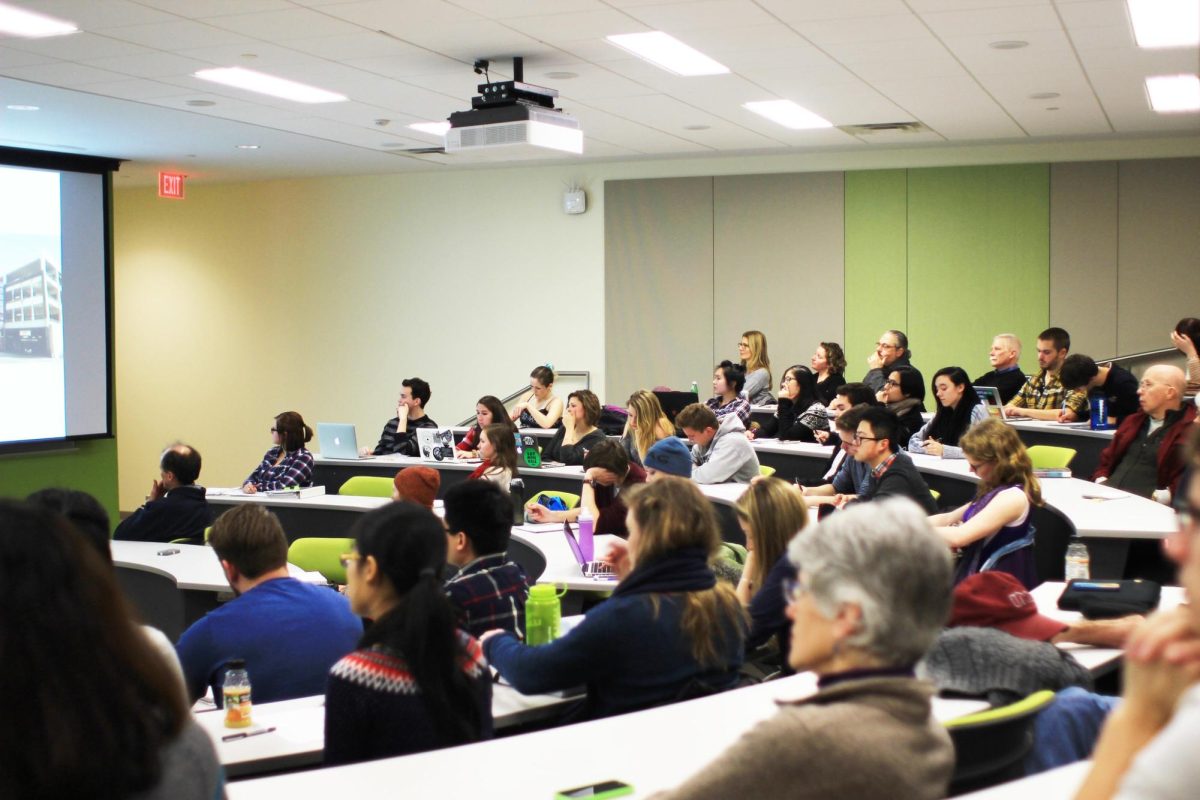Eight miles away across the Connecticut River lies the town of Northampton, a town which the mid-1850’s legendary abolitionist and activist Sojourner Truth claimed gifted her with an incomparable “equality of feeling, liberty of thought and speech and largeness of soul.” Truth resided in Florence, a village of Northampton. Activism has always been a staple of Northampton, and countless influential individuals have made their impact felt throughout the community with their strong pushes for progress. Northampton’s history of social reform has created an identity over the years, defining what it means to be a member of its community. The feeling described by Truth is a result of generations before us working hard to create a strong community.
The University of Massachusetts has a similar identity built on years of history. All the way back to when the University was known as the Massachusetts Agricultural College, students at UMass have been building and rebuilding what it means to be a student at this university and a member of the community. As the student body changed and morphed through history, the values, culture and reputation of UMass shifted too. Understanding the connection past members of the UMass community had to the school of their time is essential for understanding the UMass of today. The way past generations built the culture of UMass provides guidance on how students of today can change the institution of the better.
Many students who first experienced UMass through a computer screen feel a disconnect between the UMass of yesterday and the post-pandemic world. The pandemic put the world on pause, prompting two graduating classes to move on and leave their clubs and organizations behind without underclassmen prepared to fill the ranks. It is essential the younger students understand the standard set by previous students. Alumni created the standard and built the reputation of the clubs and initiatives students are involved in today. Upholding that standard will help students understand their place within our campus community and its cultural history.
The cultural development of UMass is partly a product of the town of Amherst itself. Nestled with four other Universities nearby, the town of Amherst has always been full of progressive ideas and activism inspired by the academic culture of the area. The 1950’s Amherst promoted art as college students were able to afford rent nearby after graduation and continue their collegiate artistic endeavors. Liberal ideas continued to develop and flourish in Amherst in the 1960s as anti-war and civil rights activists held large demonstrations in the area. The history of activism in Amherst is by nature tied to the University itself. By attending this school each student is incorporating themselves in a history of activism and social change, an essential part of who a UMass Amherst student is.
The activist identity of the students of UMass can also be seen through the physical changes of the campus. The page Lost UMass is a collection of detailed stories of the campus of yesterday, telling the tale of buildings built and destroyed as UMass developed. These stories provide one of the most direct connections possible between students of today and the students of the past.
Located just past Franklin Dining Commons and on the way up to Orchard Hill lies the New Africa House, a building with a complex background relating to 1960s race relations in Amherst. Built in 1948, then Mills House was one of the first dormitories on campus to house black students. These students were seen as an afterthought by the University at the time and were subject to constant abuse by other students. After multiple serious racially motivated incidents on campus involving the Mills House, a tense negotiation forced the University to establish a Black Cultural Center, renaming the Mills House the New Africa House. Activists operating out of the Mills House altered the history of UMass forever, and every student should read the complete story of the New Africa House on the Lost UMass website. This history defines who a UMass student is, and the physical building of the New Africa House sits as a reminder of that identity. Students pass this building every day, and we should let it sit as a reminder of who we are as a community.
Students at UMass make their mark on the community through their own personal drive and passion. Students of the past did the same, developing the reputation of UMass and the students who attend it. As underclassmen rise to fill executive positions within school organizations and clubs, it is important we remember that UMass students have a standard of excellence, accountability and progress set by the generations before us. Stories like that of the Mills House can give us a direct connection to the students of yesterday. The history of this campus should serve as a reminder of the hard work and student activism that built UMass today and will continue to change campus for years to come.
Garrett Jacobsmeier can be reached at [email protected]and followed on twitter @garrettjacobsmeier.




















James J Forest • Oct 13, 2021 at 1:26 pm
Thank you for a positive article about UMass.